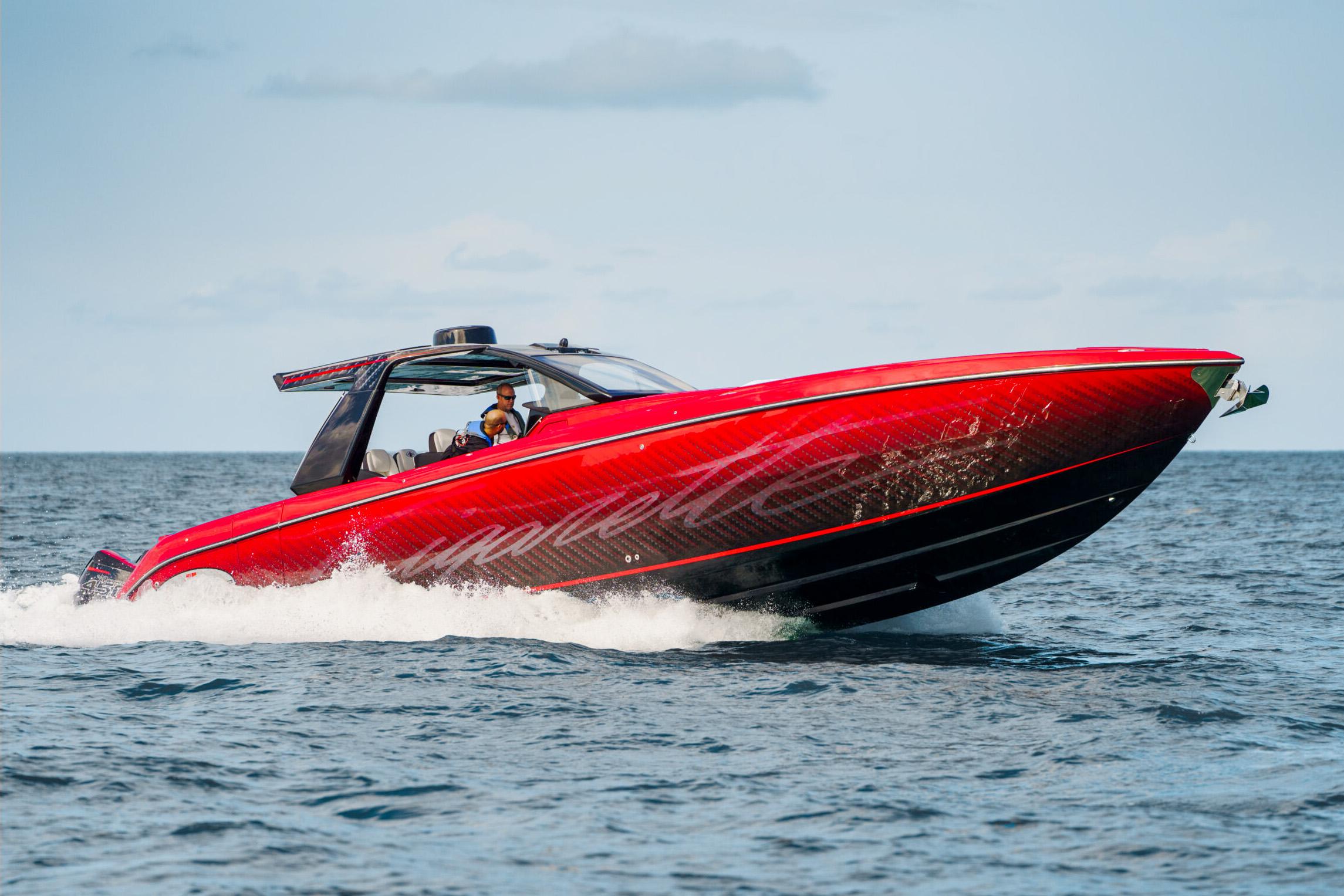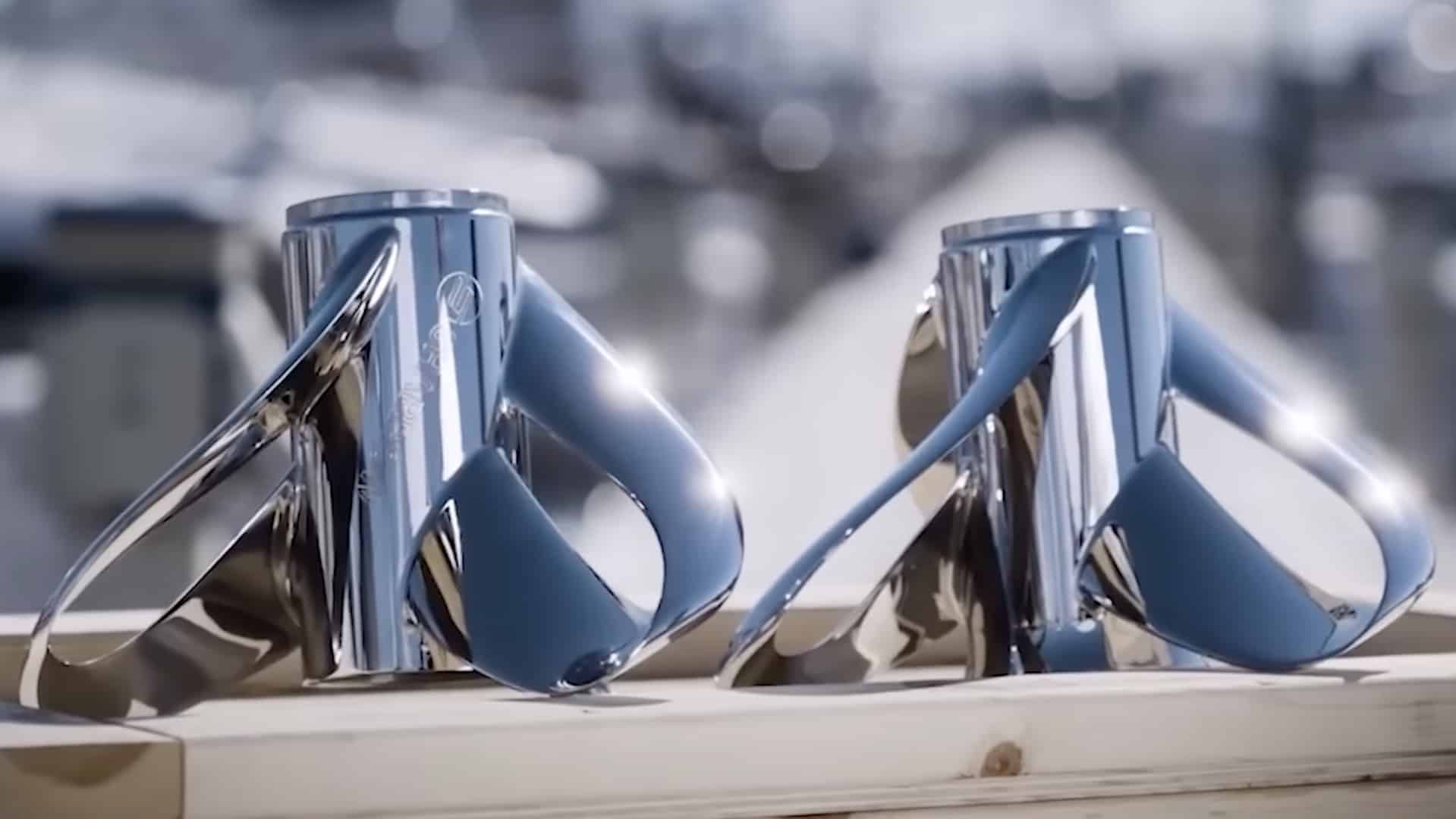How Should You Pass a Fishing Boat: Essential Tips for Safe Navigation
Boating near fishing vessels can be a tricky task, but knowing the right practices ensures safety and smooth navigation.
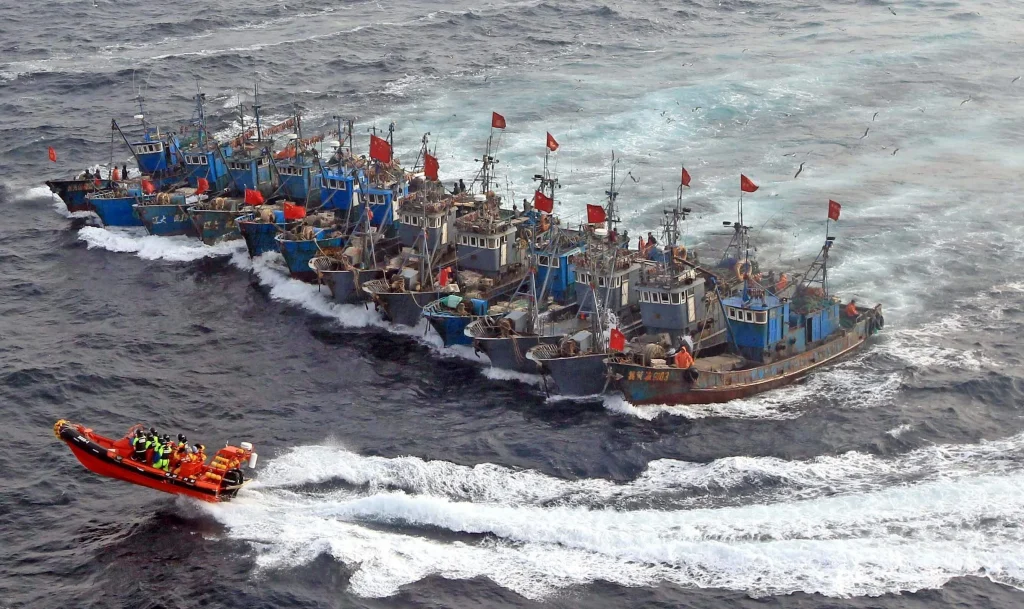
When you're out on the water and need to pass a fishing boat, it's important to follow specific guidelines to avoid accidents and maintain harmony among fellow boaters.
Always pass on the port side when possible, signaled by two short horn blasts. This indicates to the fishing boat your intention to pass and helps prevent any misunderstandings.
If passing on the port side isn't feasible, switch to passing on the starboard side, using a single short horn blast to signal your move.
Adjust your speed to reduce wake, giving the fishing boat a stable environment to operate.
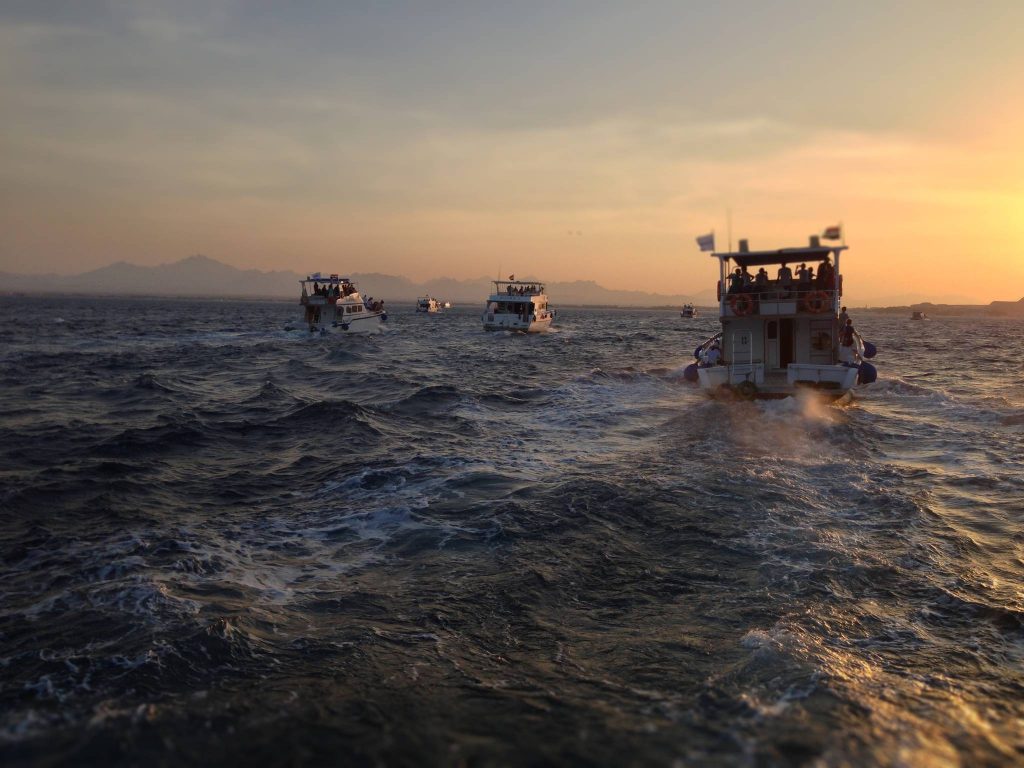
Maintaining respectful distances from fishing lines also helps avoid entanglements and potential damage.
Key Takeaways
- Always pass on the port side with two short horn blasts.
- Use one short horn blast if passing on the starboard side.
- Reduce speed and maintain distance from fishing lines.
Understanding Boating Rules
Navigating waterways involves specific rules to ensure safety.
Key points include knowing navigation basics, defining right-of-way, and understanding stand-on and give-way vessels and their hierarchy.
Basics of Navigation Rules
Navigation rules are similar to road traffic rules but tailored for water.
Boats must follow specific guidelines to avoid collisions.
Speed limits are crucial in crowded areas. In open waters, larger vessels usually have priority.
Lights and signals are used for communication. Boats must also display proper navigation lights at night or in poor visibility.
Maintaining a lookout for other vessels and obstacles is essential.
Communication with other boaters helps prevent misunderstandings.
These rules are vital for safe boating.

Defining Right-of-Way
Right-of-way rules determine which vessel should yield to the other.
The boat with the right-of-way is the "stand-on" vessel, and the one that must yield is the "give-way" vessel.
When two boats approach, the one on the starboard (right) side usually has the right-of-way.
Powerboats typically give way to sailboats. An anchored fishing boat has right-of-way over moving boats.
When crossing paths, the boat on the left is the give-way vessel.
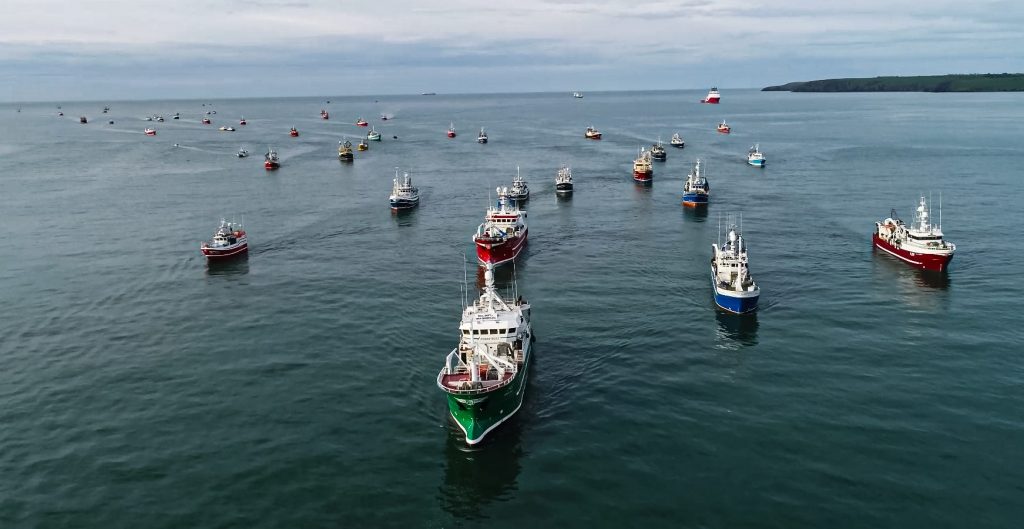
Stand-On vs Give-Way Vessels
"Stand-on" vessels maintain their course and speed. It is their duty to keep a steady path. This helps give-way vessels understand their actions and react accordingly.
Give-way vessels must take early and clear actions to avoid a collision. They may need to change speed or direction.
Communicating intentions through signals, like horn blasts, is helpful.
A boat overtaking another must stay clear of the boat being overtaken. The overtaken boat remains the stand-on vessel.
Hierarchy of Right of Way
Different types of vessels have different priority levels on the water.
The hierarchy is crucial for determining who must yield.
Fishing boats engaged in fishing activities have priority.
Sailboats under sail have priority over powerboats, except when the sailboat is using its engine.
Large vessels with less maneuverability, like cargo ships, have the highest priority. Small, fast-moving powerboats must yield to these vessels.
Preparing to Pass a Fishing Boat
To safely pass a fishing boat, knowing how to identify fishing vessels, evaluating your surroundings, and communicating expectations are crucial steps to ensure a smooth and safe maneuver.
Identifying Fishing Vessels
Identifying fishing vessels is the first step. Look for distinct features such as fishing gear, nets, lines, or antennas used for locating fish.
Many fishing boats have a unique shape, often with a raised stern or specialized equipment mounted on the deck.
It's important to recognize the various types of fishing boats, including trawlers, seiners, and dredgers. Each type may operate differently, affecting the safest way to approach and pass.
Be mindful of vessel markings and flags that indicate a boat is engaged in fishing activities.
Evaluating Surroundings and Conditions
Before passing, evaluate your surroundings and the prevailing conditions.
Check for other boats nearby, obstacles in the water, and possible fishing lines extending from the fishing vessel.
Ensure there is enough space to pass safely and avoid disrupting the fishing activity.
Assess weather conditions, such as wind, waves, and current. These factors can affect both your vessel's maneuverability and the stability of the fishing boat.
Reduce speed, especially in slow-speed zones where the speed limit may be as low as 5 knots to minimize the risk of collision.
Communication Expectations
Effective communication is essential.
Use horn signals to indicate your passing intentions.
Two short blasts signal your intent to pass on the port (left) side, while one short blast signals a starboard (right) side pass.
Maintain visual contact or use hand signals to ensure the fishing boat's crew is aware of your actions.
Follow navigation rules and etiquette to ensure clarity and safety.
Both vessels should take action to avoid collisions, often requiring coordinated and timely communication.
It's beneficial to familiarize yourself with standard maritime signals and procedures to foster smooth interactions on the water.
Executing the Pass
When passing a fishing boat, safety is the top priority. This process involves strategic planning and careful execution.
Approaching Fishing Boats
Before making the pass, assess the situation. Look at the weather conditions, boat traffic, and the fishing boat's position. All these factors help determine the safest way to pass.
Always make sure to:
- Identify where fishing lines or nets might be.
- Observe the behavior of the fishing boat to predict its movements.
Passing on the Correct Side
Always try to pass on the port (left) side of the fishing boat. This is the standard rule.
If passing on the port side is not possible, signal your intention to pass on the starboard (right) side with one short blast of your horn.
Passing on the correct side avoids confusion and ensures the safety of both vessels.
Maintaining Safe Distance and Speed
Maintain a safe distance from the fishing boat to avoid causing a wake. The wake can disturb the fishing process and create unsafe conditions.
- Slow down as you approach and pass the fishing boat.
- Keep enough space between your boat and the fishing vessel.
This helps minimize the risk of accidents and ensures that the fishing boat remains stable and undisturbed.
Avoiding Fishing Lines and Nets
Fishing boats often have lines and nets extending into the water.
It's crucial to avoid these during the pass.
Check for any visible lines or nets before you execute the maneuver.
- Steer clear of these to prevent entanglement.
- Keep a constant watch for any sudden movements of fishing equipment.
Being vigilant helps in smoothly passing by without causing any disruptions.
Post-Passing Considerations
After safely passing a fishing boat, it's essential to stay aware of several factors that ensure continued safety and respect on the water.
Monitoring Boat Wakes
After passing a fishing boat, boaters should carefully monitor their boat wakes.
High wakes can cause discomfort or danger to smaller boats and fishing vessels.
It's vital to slow down and minimize wake to prevent any negative impact on nearby boats.
Additionally, keep an eye on the wake’s direction.
Ensure it does not push debris towards fishing zones or cause any unintended disturbances.
Maintaining a considerate distance after passing helps mitigate these effects.
Respecting Fishing Zones
Fishing zones are established areas where fishing is encouraged or protected. Boaters should respect these zones by keeping a distance and not causing disruptions.
After passing a fishing boat, continue to observe these boundaries diligently.
To avoid accidentally entering fishing zones, use updated navigation charts.
These charts help boaters stay aware of marked fishing areas and any temporary restrictions that may be in place.
Maintaining a respectful distance from these zones is crucial to preserving the environment and ensuring a peaceful experience for anglers.
Incident Reporting
In the event of an incident during or after passing a fishing boat, it is essential for boaters to promptly report it.
Quick reporting helps both parties resolve issues and prevents future mishaps.
Gather necessary information, such as the location, time, and details of the incident before contacting the relevant authorities.
Having a clear understanding of local regulations regarding boating incidents is also important.
Many areas require specific forms to be filled out or certain authorities to be notified.
Staying informed about these procedures ensures that any incidents are managed appropriately and responsibly.
Legal and Regulatory Factors
When passing a fishing boat, it's important to follow various legal and regulatory guidelines to ensure safety and compliance.
This includes understanding federal and local laws, adhering to US Coast Guard regulations, and obtaining the necessary boater education and certifications.
Understanding Federal and Local Laws
The first step in legal compliance is understanding both federal and local laws governing waterway navigation.
Federal laws in the United States often prioritize the right-of-way for fishing boats, especially if they have gear in the water. This is mentioned by the US Harbors.
Local laws may require additional precautions. For instance, some states enforce stricter no-wake zones around fishing boats.
Boaters must familiarize themselves with these laws through state-issued boating manuals and online resources. Violating these regulations can result in fines and penalties.
Compliance with US Coast Guard Regulations
The US Coast Guard has specific rules that help ensure safe passage on the water.
One crucial rule is the requirement to pass other vessels on the port side (left) to avoid collisions. According to Trident Marine, this regulation applies especially when passing fishing boats.
Additionally, boaters are required to use an engine cut-off switch if installed.
This device, made mandatory as of April 1, 2021, aims to prevent accidents in case the operator is thrown overboard.
Boaters must also maintain their vessels to be free of hazards, a mandate by the US Coast Guard.
Boater Education and Certifications
Boater education is essential for complying with legal and regulatory requirements.
Most states in the US require boaters to complete a certified boating education course.
These courses cover a wide range of topics, from navigation rules to safety practices.
Certifications obtained from these courses often need to be carried on board and presented upon request by marine law enforcement.
Furthermore, experienced boaters are encouraged to take advanced courses to stay updated on new regulations and technologies affecting waterway safety.
This level of preparation not only ensures compliance but also significantly enhances safety for all waterway users.
Special Situations and Considerations
When passing a fishing boat, certain environments and circumstances require extra caution and specific actions.
Navigating Inland Waters and Tight Quarters
Inland waters can have narrow channels and tight quarters.
When passing a fishing boat in such areas, it's crucial to reduce speed. This minimizes wake, reducing the risk of disturbing the fishing boat and other nearby vessels.
Slow-speed zones are often designated in these areas.
Navigate carefully and observe local speed limits, typically around 5 knots (5.75 mph).
Communicate intentions clearly with the other boat using the horn signals as needed to pass safely and avoid collisions.
Dealing with Unmanned Vessels
Unmanned vessels or boats anchored without a crew present pose another challenge.
In these situations, you must give extra space. The absence of a captain means the boat cannot react to your maneuvers.
Slow down and pass on the port side if possible, signaling appropriately.
Keeping a safe distance helps avoid getting tangled in fishing lines.
Always be vigilant for any signs of movement indicating the owners might be returning to the boat or nearby.
Boating in Rivers and Great Lakes
Rivers and the Great Lakes come with unique factors like strong currents and large waves.
When passing a fishing boat here, awareness of water conditions is key.
In rivers, current direction impacts the ease of passing, often requiring a more strategic approach.
On the Great Lakes, wind and wave conditions can change rapidly, making it essential to stay upwind or up current of the fishing boat.
This prevents drifting too close and tangled lines.
Always maintain a safe speed that allows for swift adjustments to your route without creating a large wake.
Equipment and Preparedness
Boaters need the right gear and knowledge to safely pass a fishing boat. This includes having essential safety equipment, understanding navigational aids like buoys, and managing on-board equipment effectively.
Essential Safety Gear
Life Jackets: All passengers should wear life jackets at all times. A boat equipped with proper personal flotation devices significantly increases safety.
Fire Extinguishers: Ensure fire extinguishers are on board and accessible. They are crucial for handling small fires quickly.
First Aid Kits: Always have a stocked first aid kit. It should include bandages, antiseptics, and other basic medical supplies to handle injuries until professional help arrives.
Visual and Sound Signals: Boaters should have flares, horns, or whistles. These tools are essential for signaling distress or intentions, especially when visibility is poor.
Navigational Aids and Buoys
Channel Markers: Understand the significance of different buoys and markers. Red and green buoys signify navigation channels. Red buoys indicate the right side when returning to port and green the left.
Navigation Lights: Boats should display proper lights at night or in low visibility. Ensure all lights are functional before setting out.
Charts and GPS: Use nautical charts and GPS devices to understand the waterway. Accurate navigation reduces the risk of collisions and helps in identifying safe passing areas.
Sound Signals: Know the right sound signals for communication. For example, one short blast to pass on the starboard side and two for the port side.
Managing Equipment on Board
Propellers: Regularly inspect and maintain propellers. Ensure they are free of entanglements and damage to avoid mishaps during maneuvers.
Ropes and Lines: Keep ropes and lines organized and in good condition. This prevents tripping hazards and ensures smooth operations when mooring, anchoring, or towing.
Hydraulic Systems: Check the condition of hydraulic systems and winches. Faulty machinery can lead to accidents, so routine maintenance is important.
Fishing Gear: Secure all fishing gear like nets and lines properly. Loose equipment can pose risks or damage to both your boat and passing vessels.
Best Practices and Boating Etiquette
Passing a fishing boat requires efficient maneuverability, effective use of honking signals, and a commitment to environmental sustainability. These practices ensure safety and respect among boaters.
Adopting Efficient Maneuverability
When approaching a fishing boat, both vessels should move to their starboard (right) side to pass port-to-port. This standard maneuver avoids confusion and keeps everyone safe.
Maintaining a minimum wake is crucial. Reducing speed minimizes waves that could disrupt fishing activities. This is not only courteous but also ensures smoother waters for all involved.
Observing the angle of approach is also important. Avoid side-by-side or head-on paths if possible. Clear paths and ample space reduce the risk of collisions.
Ensuring Effective Honking Signals
Honking signals are vital in conveying intentions between boats.
Two short blasts signal a port-to-port passage, while one short blast indicates a starboard-to-starboard pass. Understanding these signals is key to avoiding misunderstandings.
Using the proper horn in busy or low-visibility areas ensures that signals are heard. Consistency in signaling practices fosters safer and more predictable interactions on the water.
Communicating intent clearly with honking signals is an essential part of boating etiquette. It shows respect and enhances safety for everyone on the water.
Sustaining Environmental Responsibilities
Boaters must be mindful of their environmental impact.
Keeping a minimum wake not only respects other boaters but also protects marine life and shorelines.
Properly disposing of waste and avoiding spills are crucial actions. Boats should be equipped with waste bins and spill kits to handle any emergencies.
Fishing boats often have gear in the water. Giving them a wide berth reduces accidental interference and helps preserve the delicate balance of marine ecosystems.
Frequently Asked Questions
Understanding how to safely pass a fishing boat and other essential boating tasks can ensure a smooth and safe experience on the water. The following points cover some common questions related to safe boating practices.
What should you do before letting someone else operate your PWC?
Before letting someone operate your Personal Watercraft (PWC), confirm they know the basic rules and controls.
They should have any required licenses and training. Verify they understand the safety protocols.
What should you require from others who operate your vessel?
Ensure others operating your vessel are qualified.
Verify they have appropriate licenses and training. Make sure they are familiar with the vessel’s controls and safety procedures.
What should you do if your small craft capsizes in swift water?
If your craft capsizes in swift water, grab onto the boat or a flotation device.
Stay calm and use the current to move towards the shore. Avoid trying to stand or swim against the current.
What should those in small boats do to protect against capsizing?
To avoid capsizing, distribute weight evenly and avoid sudden movements.
In rough water, keep the boat’s bow into the waves. Always wear a life jacket and be aware of changing weather conditions.
Who is responsible for explaining fire safety procedures to passengers on a boat?
The boat operator is responsible for explaining fire safety procedures to passengers.
They should demonstrate the use of fire extinguishers and point out all emergency exits.
What should you do when encountering a fishing boat?
When encountering a fishing boat, pass it on the port (left) side if possible, giving two short blasts of the horn as a signal.
If passing on the port side isn’t possible, give one short blast to indicate passing on the starboard (right) side.
Always provide ample space to avoid interfering with fishing lines.
More details can be found at Trident Marine.
Charlie is Editor-in-Chief of Sea Magazine




